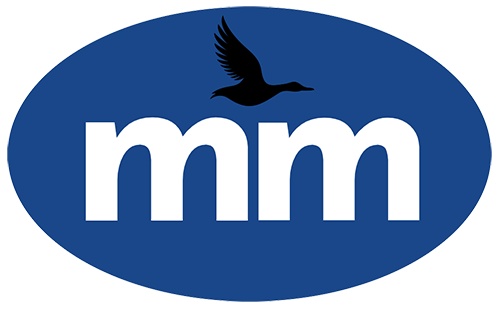“Seven in ten Australians are living in fear that where they live, their age, gender, sexual orientation, income, or language used at home, will impact their treatment and chances of surviving cancer” according to latest data released by the Leukaemia Foundation today.
Last week the Moruya Mail revealed the summary of the Independent Report by Prof. Mick Reid into “Access to Radiation Therapy Services for Residents of Eurobodalla/Bega Valley LGAs” commissioned by NSW Health.
This week the Moruya Mail can report that the full Report has been released under a Freedom of Information (GIPA) request by Moruya resident Lou Dampney.
The comprehensive report used data from the Cancer Institute of NSW projecting annual cancer case for Euorbodalla/Bega Valley residents is 850 for 2026, increasing to 918 for 2031.
“The Review Team determined that applying planning parameter to the projected cases would result in sufficient numbers of resident of Bega Valley and Eurobodalla LGAs to support a LINAC at the new ERH.”
“Not all residents would avail themselves of the service as some may require more complex care in metropolitan teaching hospitals, while other (possibly more likely to be Bega Valley residents) may choose to travel to Canberra.
However, the evidence from other regional centres suggests that there are overwhelming flow reversals to a local service. And the provision of local service increases the appropriate usage if radiation therapy for those patients who have cancer and may not otherwise receive treatment or the fully recommended treatment.”
The report also says “To assist in the attraction and retention of staff, and hence contribute to a safe, high quality therapy – a proposed ERH service should not be limited to RT treatment, but should be relatively comprehensive including provision for on-site treatment simulation and treatment planning. For example, there should also be consideration for installation of an orthovoltage x-ray unit to treat superficial tumours, including skin cancers.”
In summary the report says “On balance, the Review Team believe that a ERH radiation therapy service should be a public radiation service networked with the Wollongong/Shoalhaven Cancer Care Centres. This arrangement, like other regional centres in NSW, will also facilitate attracting and retaining the requisite workforce and assist the provision of a high quality ERH service.”
The report also showed the projected rise in over 50s population noting that “individuals younger than 50 years have cancer mortality rates more than 40 times lower than those over 50s.”
When it came to capital costs, the report showed that the most recent of NSW regional cancer centres built at Dubbo in 2022 cost $35m, but included a PET CT Scanner (a more advanced scanner), 1 bunker, 1 LINAC (linear accelerator), 16 chemotherapy spaces and support services.
The Southern NSW Local Health District CEO Margaret Bennett has maintained that there was not a need for the service at the new hospital and told the ‘NSW Special Commission of Inquiry into Healthcare Funding’ in Batemans Bay earlier this month that it would cost $100 million. (The SNSWLHD did not respond to the Mail’s questions today.)
The Leukaemia Foundation data also reveals “Those living regionally, First Nations peoples, culturally and linguistically diverse communities, and LGBTQIA+ individuals are among those who can face significant barriers in getting a timely cancer diagnosis or receiving the best available treatment and supportive care.
Leukaemia Foundation CEO Chris Tanti said the results were deeply concerning, particularly because discrimination can often perpetuate health inequities.
“When paired with these latest findings, it’s clear these priority groups are living in fear for good reason and are at an unfair disadvantage simply because of where they call home, the language they speak, or their culture.
“The insights of Australians’ perceptions of cancer show us much more work needs to be done to support, inform and educate people, especially those more likely to experience health inequity.”
“In Australia today, a staggering 53 people will be told they have blood cancer, or one person every 27 minutes, with a further 17 people losing their life to the disease.”
Mr Tanti added, “Blood cancer is a significant public health issue with 41 per cent of Australians diagnosed living in regional, rural, or remote areas.[v]
“Sadly, compared to patients in major cities, these people are less likely to survive five years beyond their cancer diagnosis[vi], with more limited access to healthcare professionals and services forcing them to travel long and expensive distances for treatment and care.
In May 2022, NSW Minister for Health Ryan Park told WIN News, “We will make it an absolute priority to ensure that as the hospital gets built this gets built. And if we can bring cancer treatment here earlier, we will bring cancer treatment here earlier.”
Dr Holland, Member for Bega and Parliamentary Secretary for Regional Health said today his “first commitment to open the hospital as a level 4 hospital.”
“The report vindicates my support for it. It just needs to be done in a timely and appropriate manner.”
It takes on average 2 years to design and build a radiotherapy centre. If the decision to plan and build a radiotherapy centre at the new Eurobodalla hospital is not made until the hospital opens (late 2027) – Far South Coast cancer patients will have to wait a minimum of another 5 years to be able to receive treatment close to home. Is this really acceptable?

